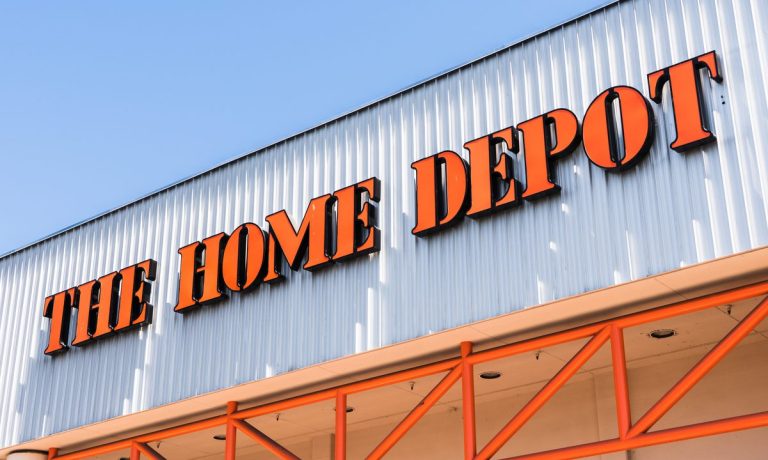A backlog of home improvement projects among professional customers helped The Home Depot keep its momentum in the second quarter of fiscal 2022 as the nesting trend that started early in the pandemic stayed on course despite inflation threatening a full-blown recession.
The earnings results from the Atlanta-based operator of 2,300 stores defied new government housing data from the U.S. Census Bureau that was released within minutes of Home Depot’s report and showed housing starts and building permits had both fallen again in July, a looming downtrend that threatens the home improvement sector’s more than two-year run of expansion.
“While the business performed very well and our consumer remained resilient through the first half of the year, we are navigating a unique environment,” The Home Depot CEO Ted Decker said on the company’s earning call Tuesday morning (Aug. 16), warning that it is “difficult to predict” how the evolving economic backdrop would impact its professional and homeowner customers.
Although transaction volume fell at the largest home improvement retailer, higher prices led to record profits and sales, with it $43.8 billion in revenue reflecting a 6.5% increase in comparable store sales.
Digital Investments Pay Off
Decker said new B2B capabilities connect the company’s website and ordering system, adding that “sales leveraging our digital platforms increased 12% versus the second quarter last year. We also saw record downloads traffic in sales via our mobile app. We continue to see improved conversion rates as ongoing enhancements within our digital properties are resonating with our customers.”
Advertisement: Scroll to Continue
In June, The Home Depot expanded its relationship with Adobe, adding “comprehensive insights” to help refine marketing investments. Melanie Babcock, vice president of integrated media at The Home Depot, said at the time that the company’s “early investments in providing omnichannel shopping experiences, and these digital and physical assets continue to guide our strategic priorities.”
“Our expanded partnership with Adobe will enable us to enhance the customer experience even further, driving personalization at scale and further optimizing The Home Depot experience across online and in-store,” she added.
Read more: Home Depot, Adobe to Expand Consumers’ Omnichannel Experience
Giving additional details on the impact of digital in Q2, Executive Vice President of Merchandising Jeff Kinnaird said sales leveraging digital platforms rose 12% in Q2, noting that “enhanced search capabilities, improved pro site experience and more robust fulfillment capabilities helped drive online conversion.”
See also: Will Walmart, Target, Home Depot Results Reflect Gains From Recent Tech Investments?
He added that “for those customers that chose to transact with us online during the second quarter, more than 50% of our online orders are fulfilled through our stores, a testament to the power of our interconnected retail strategy.”
“We’re encouraged by the continued momentum we are seeing with our pros, and they tell us their backlogs remain healthy,” Kinnaird said, pointing to double-digit comp performance in categories including “build materials, plumbing and millwork departments as well as in certain project related categories like fencing, siding, conduit boxes and fittings, tubs and showers and countertops.”
Responding to an analyst during Q&A who asked if trouble in the housing starts data is a sign of weakening to come in home improvements, Decker said: “We have not seen that yet. In fact, with the strong performance this quarter, the variability across our regions has been the lowest that we’ve seen in some time. We have not seen anything in our business yet from macro housing.”
For all PYMNTS retail coverage, subscribe to the daily Retail Newsletter.




